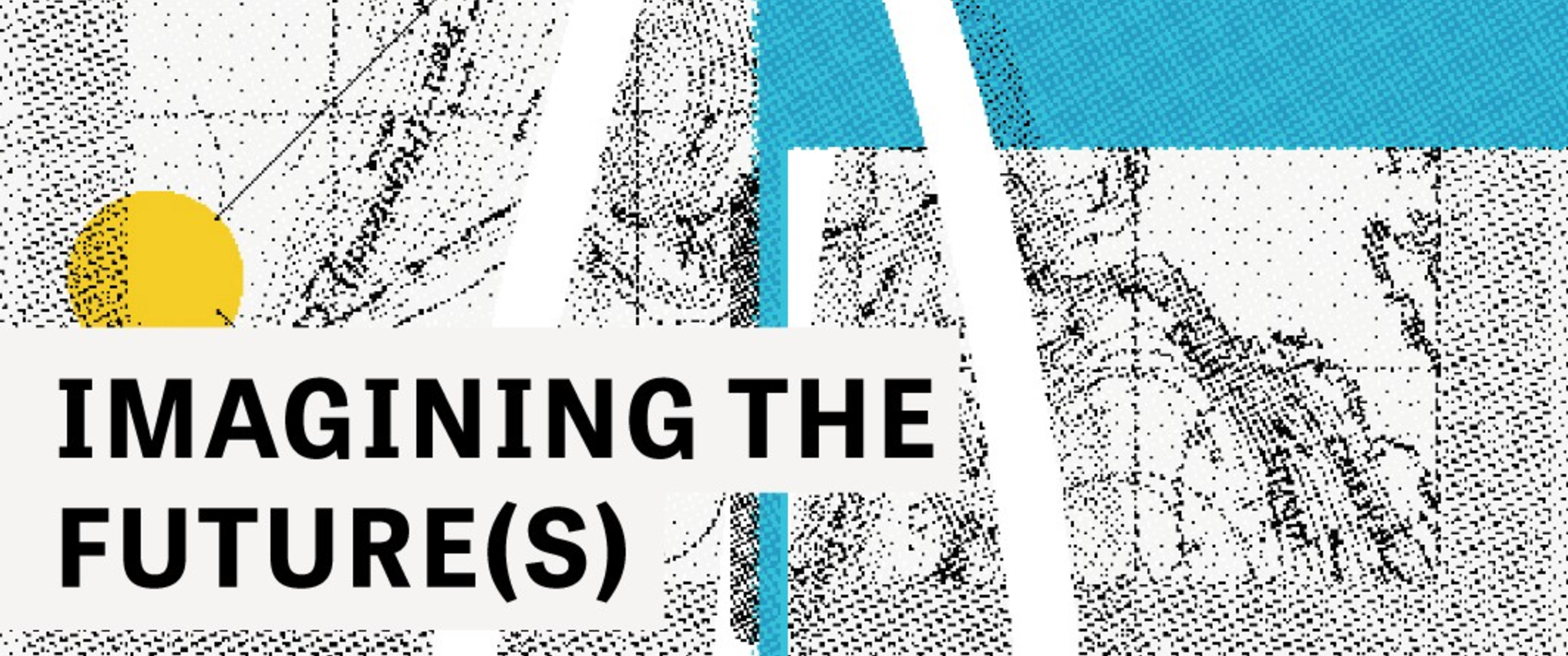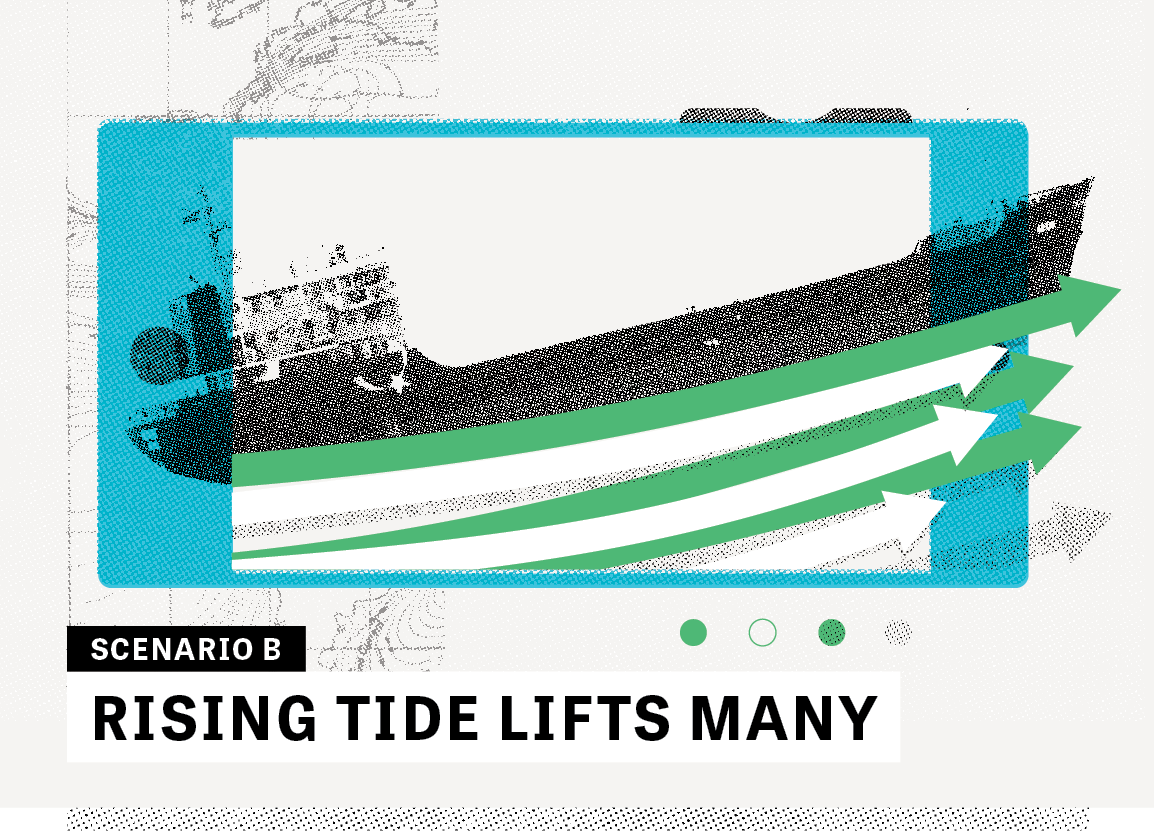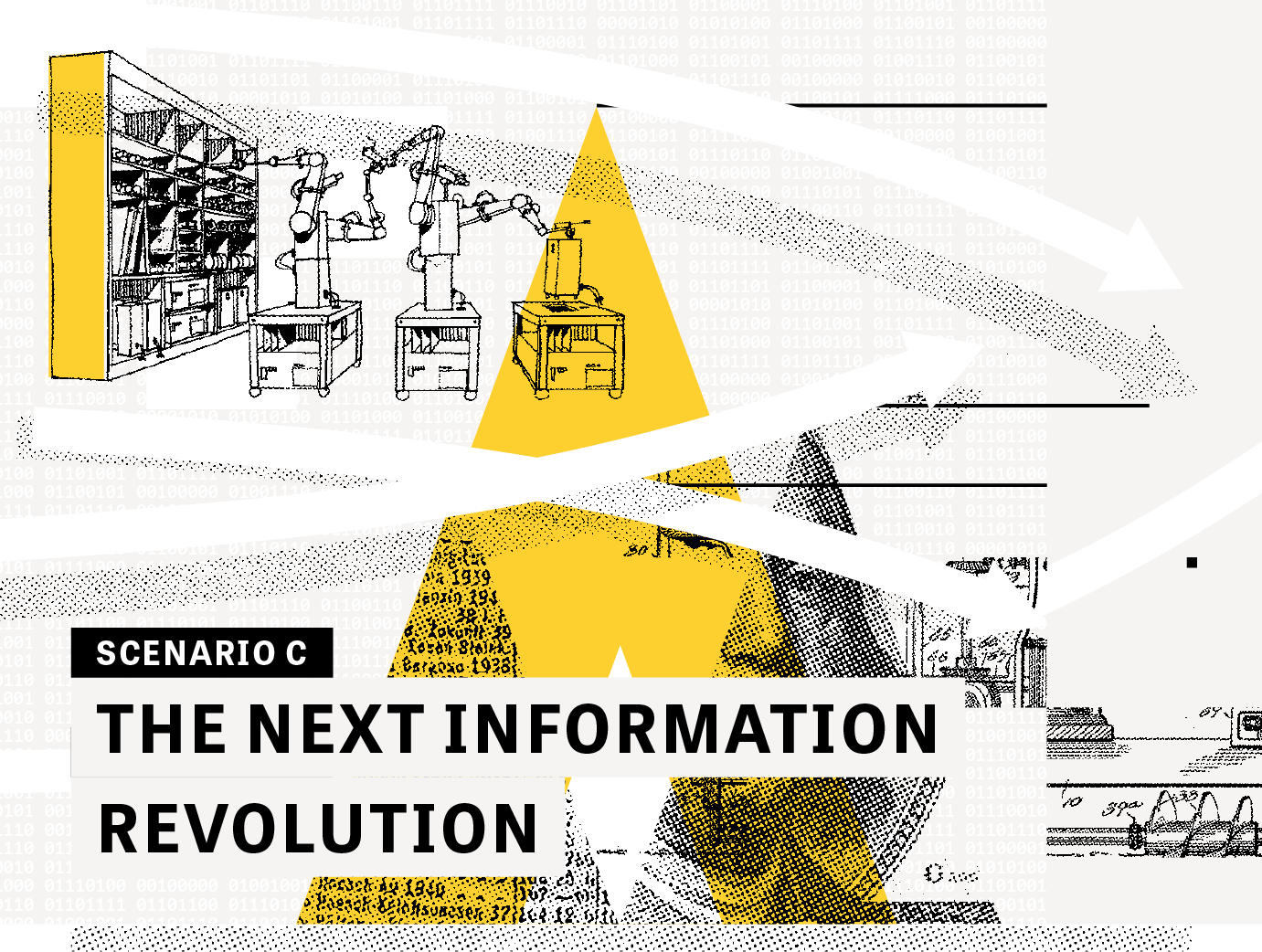Beginning in late 2015, Knight Foundation began a scenario planning process to imagine how the context around its central work supporting informed and engaged communities could change. We started by asking what the conditions might be for communities in 2026.
This process of interrogation prompted broad conversations across our organization, conversations that were greatly influenced and shaped by friends and colleagues in a wide range of fields. These discussions led us to consider several other important questions that are fundamental to our work:
What predictable trends and emergent uncertainties will be the key forces that shape the future? How might they affect our areas of interest?
What capabilities should our organization build or acquire to be successful and resilient in the face of uncertainty? How will we define success?
How fragile are our current assumptions about the future, and how fragile are the investment strategies informed by these assumptions?
What indicators should we monitor to better anticipate shifts in the external environment?
Thinking broadly about the future — or, as it turns out, several possible futures — demanded an uncommon degree of institutional soul-searching and forbearance. Concrete answers to questions such as those we posed do not always readily present themselves, and the process of seeking them required reflection on the broader context of our work — and the likelihood of tectonic shifts that could have a significant impact on Knight’s areas of concern: communities, the arts, and journalism.
Our gaze forward ultimately resulted in the development of three scenarios that attempt to position these areas of interest within the uncertainties of the broader world. The remainder of this document describes the process by which we developed this scenarios, and then offers the scenarios themselves for discussion, comment, and reflection.
Objectives and Approach
We did not undertake this process as an attempt to predict the future. Rather, we sought to develop plausible stories about what alternative futures might look like to facilitate discussion over critical questions on how to best fulfill our mission today and tomorrow.
The scenarios presented here incorporate contributions from over 200 key thought leaders in various industries. We spoke to people close to our grantmaking: leaders of media companies (old and new), museum directors and artists, civic innovators and urban theorists. We also looked far beyond our current areas of focus, speaking to Fortune 500 executives, venture capitalists, leading-edge doctors and medical researchers, and scientists working on emerging fields like machine learning and artificial intelligence, as well as community and religious leaders. Our inquiry was primarily domestic, but we also sought to gain a perspective on the relevant global context.
The three scenarios represent boundaries of potential futures. They are not equally likely, but each is intended to depict a possible, if extreme, future. They are also not meant to be predictive. Instead, they provide guideposts that help us to understand potential futures and inform our work. They are provocative, and deliberately so. In some cases we stretched projections further than many of our experts would bet on.
Because they provide a view from the limited vantage point of the issues we care about, the scenarios are also imperfect and incomplete. Some readers might scrutinize gaps in the list of forces and concepts we developed. Other readers might challenge how we conceived and prioritized potential forces of change. Others still might draw radically different conclusions.
This is exactly the discussion we intend.
Scenario Framework
From our research and discussions, we identified more than 80 social, technological, economic, environmental and political forces, all of which could affect the ways in which people consume information and engage with society over the next decade. The three scenarios have been built through a consideration of how 20 forces with the greatest potential impact could intersect, as extrapolated from external input and research.1
Two change drivers — the economy and technology — provided the overarching structure around which we built the scenarios. Consequentially, these two uncertainties have great potential variability and significance: Their possible interactions and collisions over the next decade yielded scenarios that allowed us to fully explore plausible polarities in outcomes. We then organized the other forces around these two leading drivers and examined various configurations of all 20 forces. The resulting constellation of forces was arranged so that each of the three scenarios was internally consistent and fundamentally different from the others.
The three scenarios are:
This scenario describes a spiral of gradual decline, with a weak economy and growing socio-economic chasms feeding and mutually reinforcing each other. This is an America building walls and drifting apart, under the leadership of a populist, isolationist government.
This scenario depicts a world of adaptation and prosperity. New technologies drive a booming economy, akin to the growth that characterized the second half of the 1990s with the dot-com boom. The absolute standard of living rises for all, even though many relative differences remain.
This scenario highlights the implications of profound societal shifts due to further automation of work with the help of machine intelligence. A deep social crisis erupts from massive job displacement due to artificial intelligence, big data, machine learning and predictive analytics.



